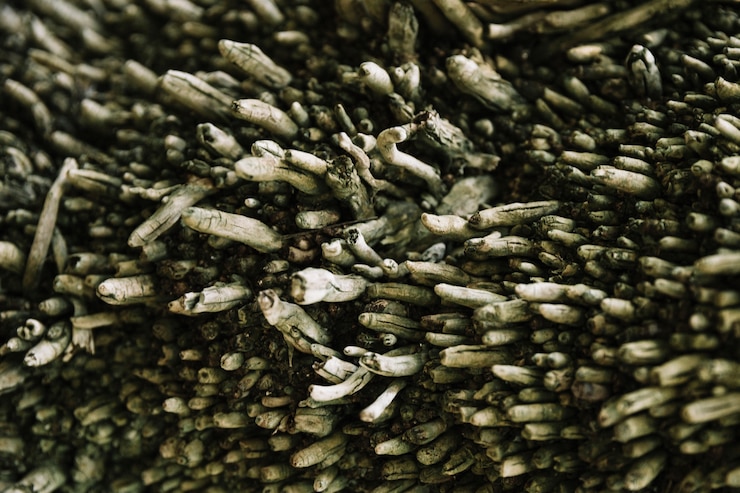
How is Kratom Processed and Dried?
Maeng Da kratom has recently surged in popularity across the United States, largely due to its potential medical benefits. Understanding how kratom is processed and dried provides insight into how it transitions from plant to the various forms we use in everyday life.
What is Kratom?
Kratom is a tropical tree native to Southeast Asia, and its leaves are commonly used to produce tea, powders, capsules, and extracts. Popular strains like Maeng Da are processed and dried into a refined powder and consumed in different ways, such as tablets, tea, or even by smoking.
Processing and Drying Kratom
The preparation of kratom begins with wetting the leaves and grinding them into a paste to extract their nutrients. The resulting mixture is then evaporated, leaving only the kratom particles behind.
Drying the leaves is a crucial step, which can take several days or even weeks, depending on the humidity in the processing area. The leaves are often dried either outdoors under the sun or using a dehydrator.
There are three main types of kratom leaves: whole leaf, green vein, and red vein. Whole leaf kratom tends to have the strongest effects compared to the green or red vein varieties, which are milder by comparison.
The Processing Methods in Detail
Kratom leaves are processed in two primary ways: wet and dry. Wet processing involves soaking the leaves in water for a period of time to soften them, while dry processing involves air drying or using specialized equipment. During dry processing, the leaves are pounded and strained to remove impurities, resulting in variations in leaf color and potency. For example, the darker the leaf, the higher its potency, while lighter-colored leaves are generally less concentrated.
Types of Kratom Products
Kratom is versatile and can be consumed in various forms. Each type of product has its own strengths and weaknesses:
1. Powders
Powdered kratom is among the most common forms. It is often mixed with coffee or tea for quick relief and is convenient to store and transport. However, powders tend to be less potent compared to other forms like capsules or extracts.
2. Capsules
Capsules are another popular option, offering a more convenient and discreet way to take kratom. They are longer-lasting and tend to deliver more pronounced euphoric and stimulant effects compared to powders. However, capsules can be more expensive, and finding precise doses may be challenging. Since not all vendors supply capsules, some consumers resort to making their own.
3. Tea
Drinking kratom tea is a traditional consumption method in countries like Thailand. While less popular in the U.S., tea is made by steeping kratom leaves and is valued for its medicinal properties. However, tea is less concentrated than other forms, making its effects milder. Improper preparation can also lead to health complications if consumed in high amounts.
4. Extracts
Kratom extracts involve boiling kratom leaves in water or alcohol to isolate their active ingredients. These extracts are more concentrated, making them potent and effective for experienced users seeking a stronger product.
Key Processing Insights
The process of preparing kratom leaves starts with breaking the leaves into smaller pieces and soaking them in water for several hours or overnight. Afterward, the liquid is filtered to remove plant material, leaving behind concentrated liquid to simmer for additional hours. Once most of the evaporates, a pure kratom extract remains, which is then stored or used directly.
The Bottom Line
Kratom has been traditionally used in Southeast Asia for centuries as a pain reliever, stimulant, and sedative. Recently, it has gained traction in the U.S., particularly among individuals seeking alternatives to prescription painkillers. However, it’s essential to handle and use kratom responsibly, as misuse can lead to potential health risks.
—